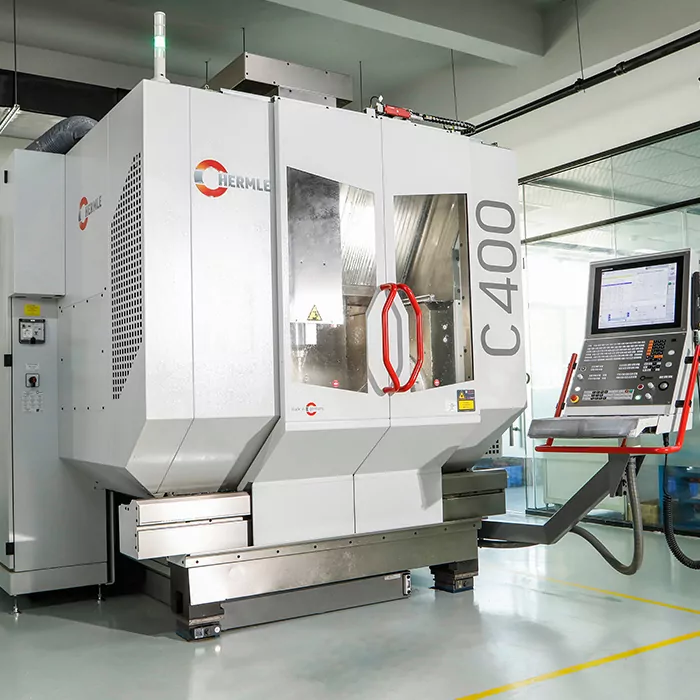With the rapid advancement of technology, the future of CNC fabrication services is poised for exciting developments. The integration of automation, artificial intelligence, and advanced materials is revolutionizing the manufacturing industry. In this article, we will explore the advancements and innovations that are shaping the future of CNC fabrication services.

Automation: Streamlining the Manufacturing Process
One of the key advancements in CNC fabrication services is the integration of automation. Automated systems have the potential to significantly increase productivity and efficiency in the manufacturing process. By utilizing robotics and computer-controlled machines, tasks that were once time-consuming and labor-intensive can now be completed with precision and speed.
For example, the use of robotic arms in CNC fabrication allows for seamless material handling and precise machining. These robots can perform repetitive tasks with high accuracy, reducing the risk of human error and increasing overall productivity. Additionally, automated systems can operate 24/7, leading to a significant reduction in production time and costs.
Artificial Intelligence: Enhancing Precision and Adaptability
Another exciting development in CNC fabrication services is the integration of artificial intelligence (AI). AI algorithms can analyze vast amounts of data and make intelligent decisions based on patterns and trends. In the context of CNC fabrication, AI can optimize machining parameters, predict potential errors, and even adapt to changing conditions in real-time.
For instance, AI-powered CNC machines can automatically adjust cutting speeds, tool paths, and feed rates based on the material properties and desired outcome. This level of adaptability ensures consistent quality and reduces the need for manual intervention. Moreover, AI algorithms can detect anomalies and deviations, allowing for proactive maintenance and minimizing downtime.
Advanced Materials: Expanding Possibilities
The future of CNC fabrication services is also closely tied to the development of advanced materials. Traditional CNC machines were primarily designed to work with metals, but advancements in materials science have opened up new possibilities. From composites to ceramics, CNC fabrication services can now accommodate a wide range of materials with varying properties.
For example, carbon fiber composites are gaining popularity in industries such as aerospace and automotive due to their high strength-to-weight ratio. CNC machines equipped with specialized cutting tools can precisely shape these materials, enabling the production of lightweight and durable components. Similarly, the use of ceramics in CNC fabrication allows for the creation of intricate and heat-resistant parts for applications in the electronics and medical sectors.
The Future is Here
The future of CNC fabrication services is already unfolding before our eyes. Advancements in automation, artificial intelligence, and materials science are revolutionizing the manufacturing industry. From streamlining the manufacturing process with robotic automation to enhancing precision and adaptability with AI algorithms, CNC fabrication services are becoming more efficient and versatile.
As we look ahead, it is clear that the future of CNC fabrication services holds immense potential. The integration of emerging technologies and materials will continue to push the boundaries of what is possible. By embracing these advancements and innovations, manufacturers can stay ahead of the curve and unlock new opportunities for growth and success.
Conclusion
In conclusion, the future of CNC fabrication services is bright and full of possibilities. The advancements in automation, artificial intelligence, and advanced materials are transforming the manufacturing industry. By embracing these innovations, manufacturers can streamline their processes, enhance precision, and expand the range of materials they can work with. The future of CNC fabrication services is here, and it is shaping a new era of manufacturing excellence.








